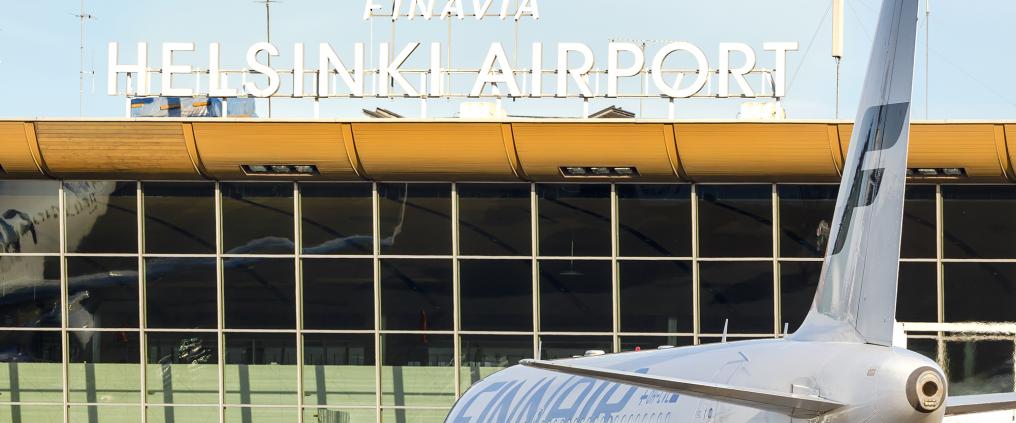According to a recent Eurocontrol study, this method of operation has saved 800 tonnes of fuel annually and reduced emissions. The method has saved time and over 7.5 million Euros as well.
The CDM system improves the predictability of departures, which improves both safety and efficiency. For example, planes will now spend less time in queues for refuelling and de-icing. There is also less taxiing required before planes can take off.
With CDM, airlines have saved significantly in fuel costs and costs caused by delays. This has also reduced emissions. The method saves 800 tonnes of fuel and over 7.5 million Euros annually at Helsinki Airport, as estimated by the recent Eurocontrol study. Delays have been reduced by 86,000 minutes and taxiing times by 60,000 minutes. Emissions of carbon dioxide and sulphur dioxide have been reduced by 2,600 tonnes and 0.7 tonnes respectively.
This means smoother, faster and cheaper departures. Helsinki Airport was among the first to adopt the system in 2012. For example, de-icing is a seamless part of the airport's CDM routine, as Finland has long winters and the airport is experienced in handling them.
"The biggest impact of CDM is that it removes ambiguity and gives all operators the same understanding of the situation", says Heini Noronen-Juhola, Helsinki Airport's deputy director.
"A real-time overview of the situation at the airport allows the on-site employees to control the airport's traffic more effectively and helps them react quickly to anomalies. The system is well-liked among the airlines, as it reduces delays and saves fuel."
A shared picture of the situation benefits all
Runways, forwarding services and de-icing stations can be utilised more effectively when the status and movement of each departing plane is updated constantly.
The Apron Control unit of Finavia in charge of the airport level at Helsinki Airport continuously update the system as they co-ordinate the parking, transfers and refuelling of the planes. Every airline operating at the airport is required to use CDM. In practice, the ground service units of the companies, i.e. the forwarding services, update the information, for example if refuelling is delayed. However, the overall picture concerns all operators.
The Eurocontrol study covered 17 European airports that use the CDM method. The purpose of the study was to discover the experiences of these airports and collect lessons for use by other airports. CDM is a European system, and efforts are underway to extend its use to other continents.
"The goal is to get as many airports as possible to join the network, as the receiving airport will benefit from the information sent by the departure airport that uses CDM", says Noronen-Juhola.
"With the actual departure schedule of the flight transmitted to the receiving airport in real time, the destination's air traffic control can plan the landing order of incoming flights more precisely, and airlines can better schedule their ground service tasks before the plane heads off to its next destination."
While CDM is focused on departing flights, its future plans include a system for more efficient control of arrivals. An arrivals database, the Airport Operational Database (AODB), is being developed to combine information with that produced by the CDM system, enabling an even more comprehensive situational overview.
